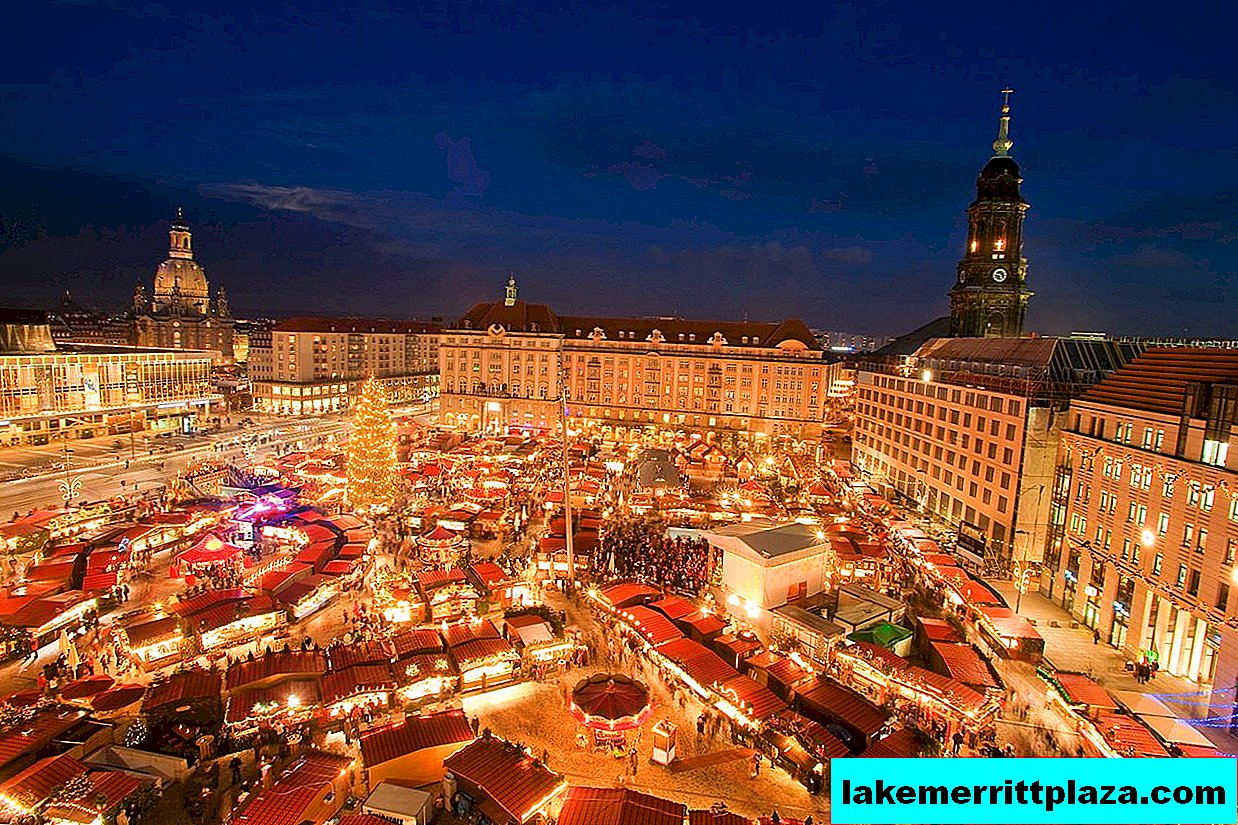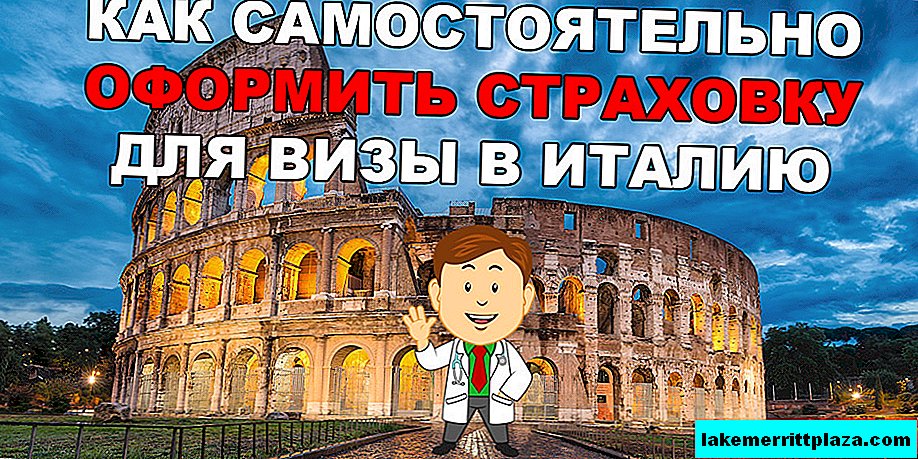The Town Hall is located in the Old Town near the Cologne Cathedral between the Town Hall Square and the Old Market Square.
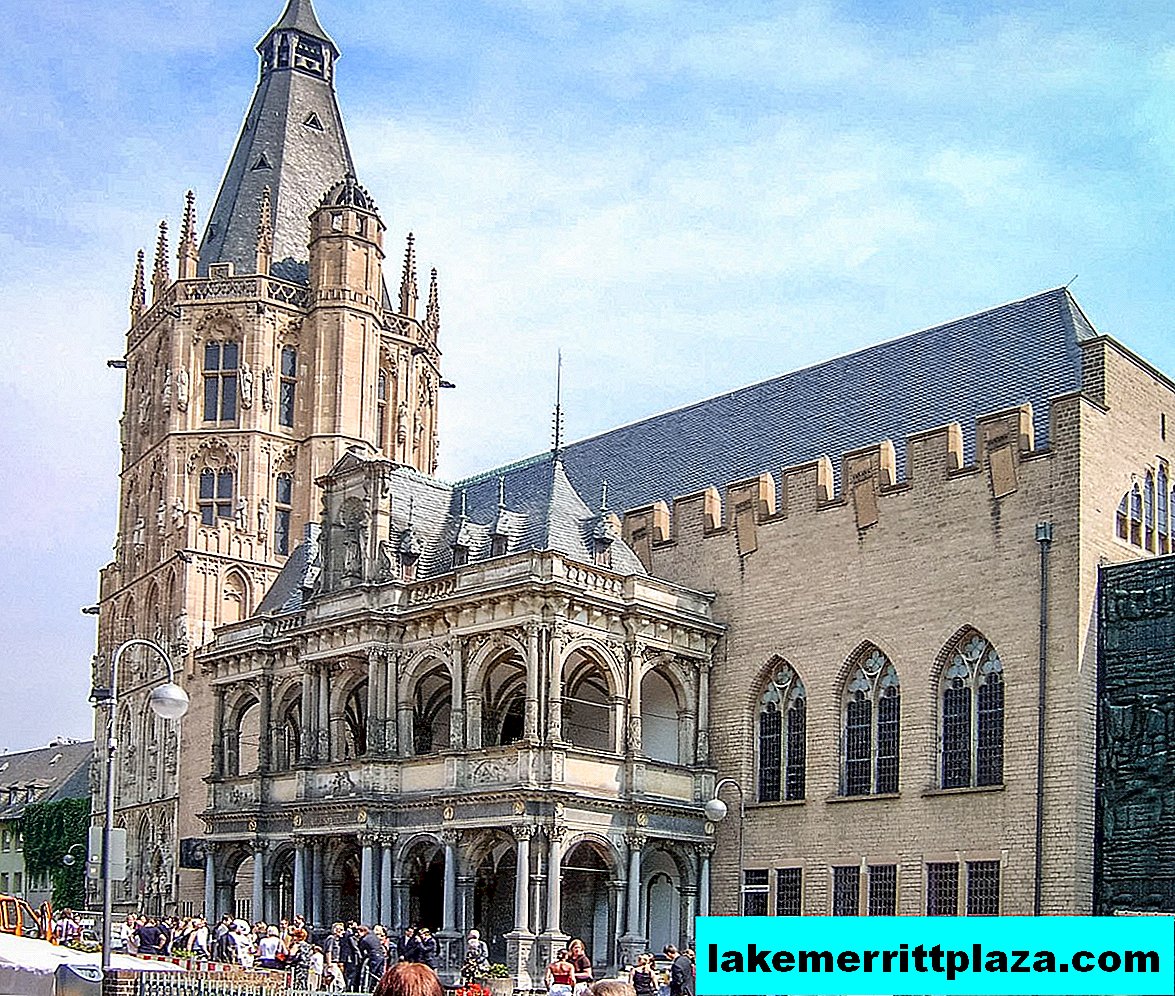
Cologne Town Hall
The Cologne City Hall (Kölner Rathaus) is a complex consisting of an old building, a tower and a modern extension. It is located between Town Hall Square and Old Market Square.
History reference
The Town Hall was first mentioned in 1330. In November 1367, a meeting was held between representatives of the cities of the Hansa to form a confederation against King Waldemar IV Atterdag. The treasurers and burgomasters gathered here. When Cologne was occupied by the French revolutionary army (XVIII century), the town hall began to belong to the French state. After the Vienna Congress in 1815, the activities of the city council resumed.
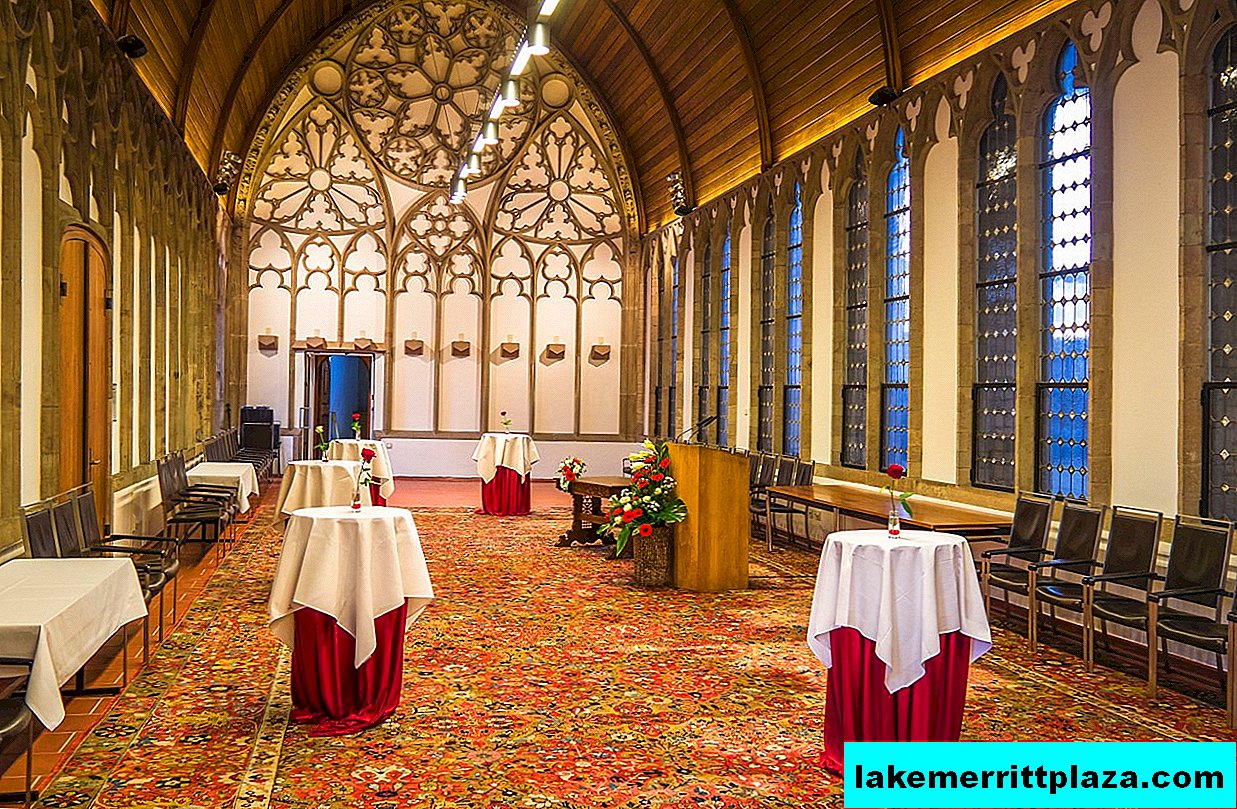
Hanseatic Hall
As a result of the bombing of World War II, the building of the town hall was almost completely destroyed. It was restored in the 50s of the XX century. according to old sketches.
Building architecture
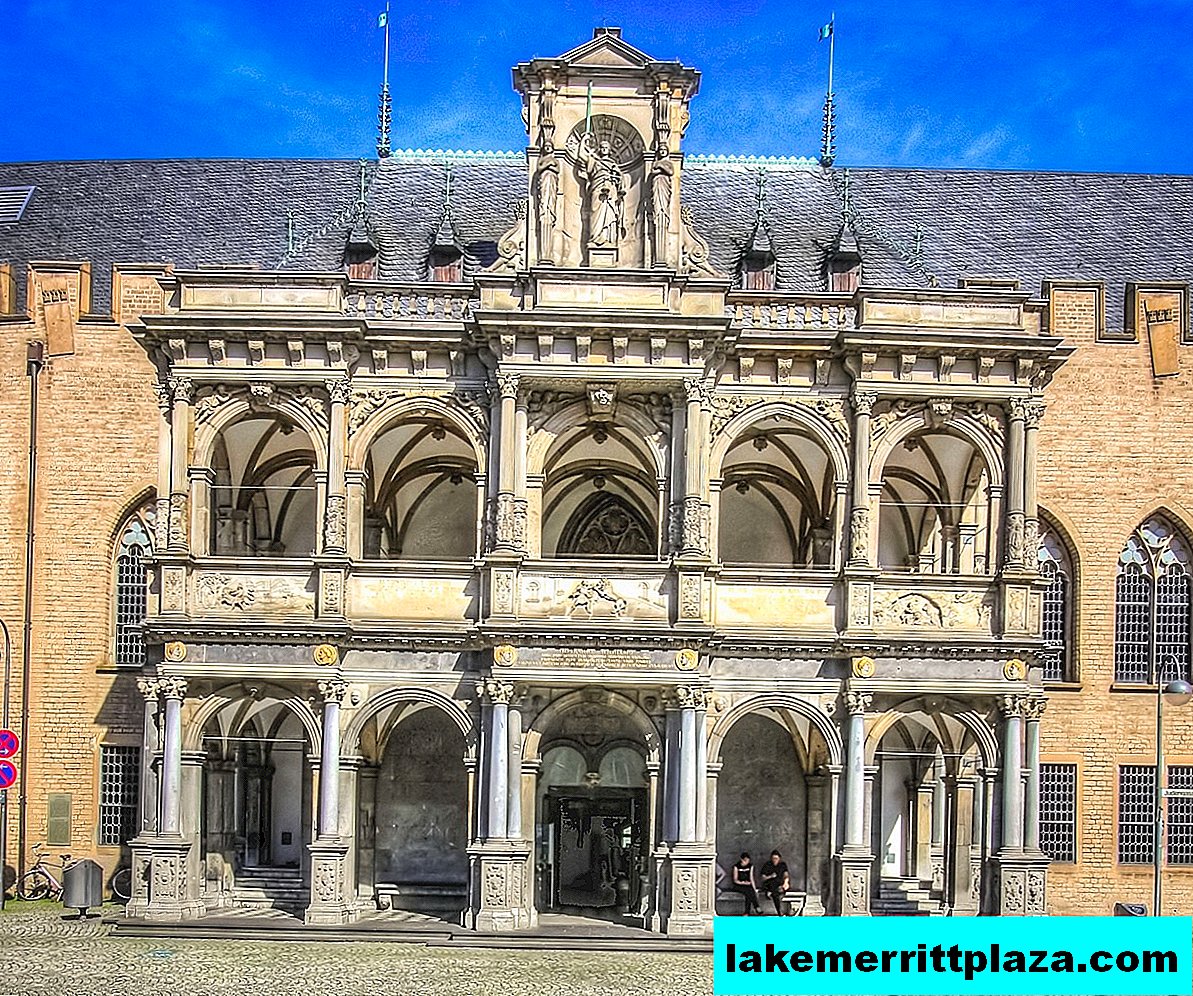
Baroque front door
The architecture of the building shows a mixture of styles. The 61-meter-high town hall tower, similar to the church one, was built in the 15th century. in the Gothic style, the main entrance with a loggia - in the XVI century. Baroque, there are elements of imitation of Romanesque architecture.
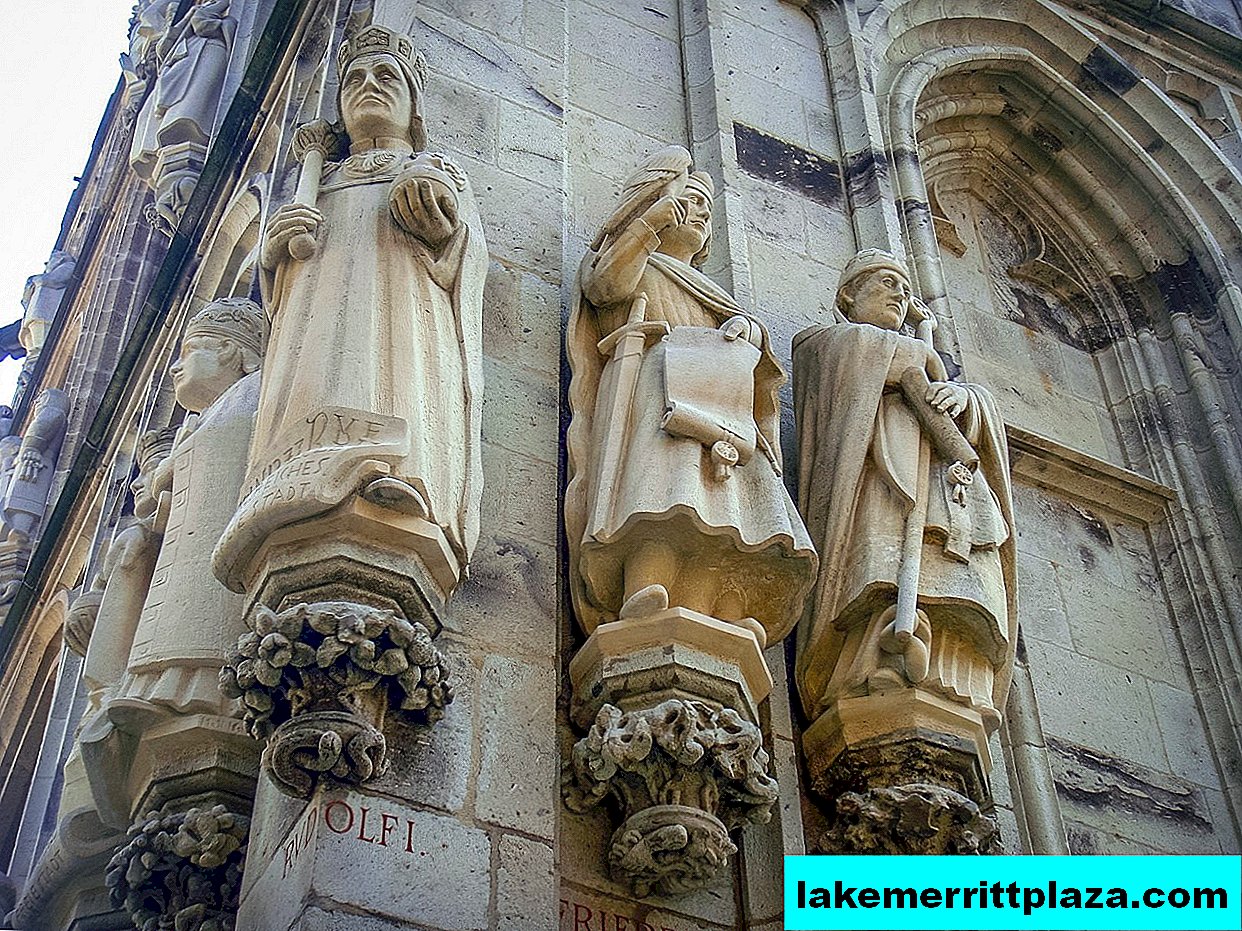
Figures on the tower, photo by jl_sassafras
The tower of the town hall is of the greatest interest, it consists of 5 floors. The first three floors are rectangular in cross section, and the last two are octagonal. On the ledges there are sculptures of historical persons made of sandstone. Initially, there were 130, but they were lost as a result of weathering and hostilities. New 124 statues were installed on the tower in 1988-1995, among them saints, kings and noble nobles, popes, honorary inhabitants of Cologne, there is even Karl Marx.
Town Hall Interior

Foyer of the town hall, photo die.tine
Through the main entrance you will find yourself in a spacious foyer 30 meters long, 7.60 meters wide, 3.30 meters high, where you will see a copy of the “Altar of the city patrons”, this work is by Stefan Lochner. Around the lobby are the administrative premises.
In 1958, a mechanical musical instrument was installed on the tower, which, thanks to the clock mechanism, forces 45 bronze bells to play a melody daily at 09:00, 12:00, 15:00 and 18:00, all of them 24. At 12:00 it always plays "12 Zodiac Signs", a work written in 1975 by Karlheinz Stockhausen.
Every Wednesday at 15:00 there are free guided tours of the building of the town hall with a rise to the tower.
Museum of Ancient Roman Civilization
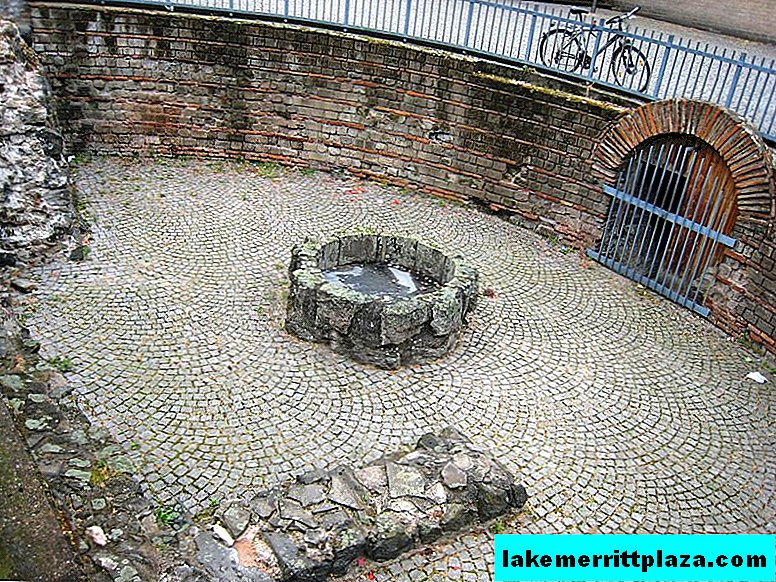
Fountain of the 3rd century under Town Hall Square
Under the town hall there are excavations of the foundation of the palace of the Roman governor Pretorium. In the center of the Town Hall Square, under a glass roof, you will see Mikva, a place of ritual ablution of Jews dating to about 1170. A steep staircase leads down to a depth of about 15 m, where the pool is located.
How to get there
Take metro U5 to Rathaus station.




